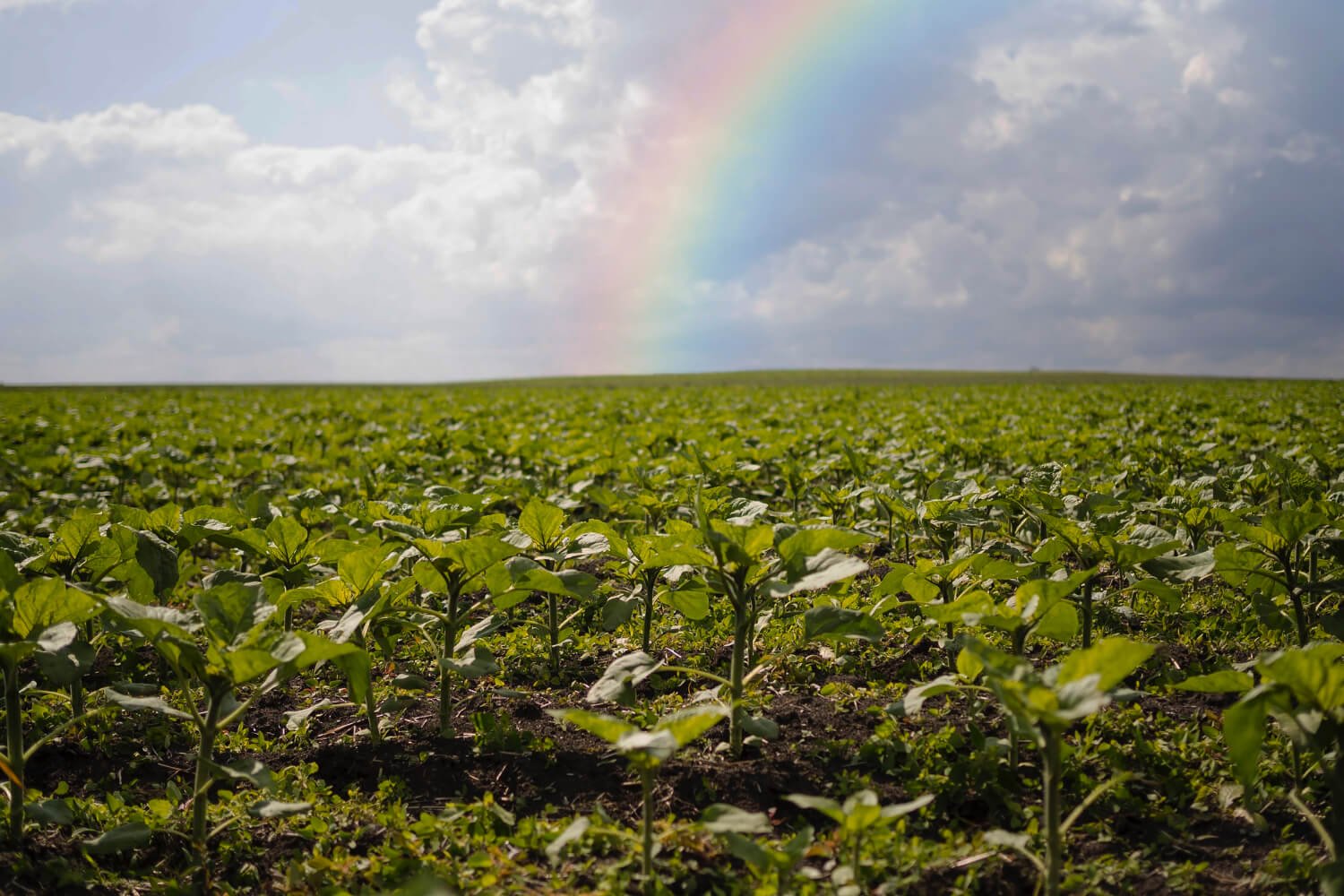Weather Forecasting in Agriculture for Optimal Crop Protection from Nature’s Extremes
Weather forecasting in agriculture refers to the application of meteorological information and prediction models to anticipate weather conditions that can affect farming operations and crop production. This practice involves analyzing data on temperature, rainfall, humidity, wind speed, and other climatic factors to make informed decisions about planting, irrigation, pest and disease management, harvesting, and other agricultural activities. The goal is to optimize crop protection, enhance productivity, and minimize risks associated with weather extremes such as droughts, floods, heatwaves, and cold snaps. By utilizing weather forecasts, farmers can plan more effectively, reduce crop loss, and increase efficiency, thereby contributing to food security and the sustainability of agricultural systems.
Agriculture’s dependency on the unpredictable forces of nature underscores the critical role of accurate weather forecasting as an indispensable tool for farmers. Key statistics from reputable sources highlight the significant impact of this tool on the industry. According to the World Meteorological Organization, the utilization of weather data and forecasts can lead to a 30-40% increase in crop yields. Furthermore, the Food and Agriculture Organization reports that timely interventions based on accurate forecasts can result in a 10-20% reduction in crop losses. These figures demonstrate the vital importance of meteorological insights in enhancing agricultural productivity and minimizing the adverse effects of climatic variability on crop production.
Evaluating the accuracy and reliability of weather forecasting services for agriculture
When it comes to agricultural planning and decision-making, the accuracy and reliability of weather forecasting services are of paramount importance. Farmers frequently ask questions like “How reliable are long-term forecasts for my region?” and “Which weather service provides the most accurate forecasts for agriculture?” These inquiries underline the critical need for precise meteorological data to support agricultural activities. The reliability of long-term forecasts and the accuracy of predictions provided by various weather services can significantly impact the effectiveness of agricultural operations. As such, selecting a weather forecasting service that specializes in agricultural meteorology and offers detailed, region-specific information can be a game-changer for farmers aiming to optimize crop management and mitigate risks associated with unpredictable weather patterns.
Understanding complex weather forecasts in agriculture
Navigating the complexities of weather forecasting in agriculture requires not only accessing accurate meteorological data but also understanding what specific forecast terms mean for crop management. Farmers often find themselves questioning, “What does this term in the forecast mean for my crops?” or “How will this predicted wind speed impact irrigation?” Such queries highlight the necessity for clear interpretation of weather forecasts, including how various elements like wind speed, precipitation, and temperature fluctuations can directly influence agricultural practices. Effective weather forecasting in agriculture is not just about predicting the weather; it’s about translating those predictions into actionable insights that can inform decisions around irrigation, planting, harvesting, and pest control, ensuring that farmers are well-prepared to optimize their crop yields while mitigating potential adverse effects of the weather.
Leveraging technological advancements in weather forecasting for agriculture
The intersection of technology and agriculture has opened up new avenues for farmers to navigate the challenges posed by the climate. Key questions such as “Which weather app is best for farmers?” and “How can I use satellite imagery to track weather patterns?” highlight the growing reliance on weather forecasting in agriculture through apps and tools designed to provide real-time data and predictive insights. Additionally, the development of drought-resistant crops and the formulation of adaptation strategies are becoming increasingly important. Farmers are curious about the best drought-resistant crops for their region and the most effective strategies to adapt to changing weather conditions. Sharing experiences and local knowledge also plays a crucial role, with farmers seeking insights from peers about weather events and local climatic patterns. This collaborative approach, combined with advanced technological resources, empowers the agricultural community to make informed decisions, ensuring resilience and sustainability in the face of weather uncertainties.

What is rainfall technology?
Rainfall technology encompasses a range of tools and methods designed to measure, analyze, and predict precipitation patterns. This technology plays a critical role in various sectors, notably in agriculture, water resource management, and meteorology, by providing accurate and timely data on rainfall. At its core, rainfall technology includes devices like rain gauges, which measure the amount of precipitation over a specific period, and more sophisticated systems such as radar and satellite imagery, which offer comprehensive insights into rainfall patterns across larger geographical areas.
In agriculture, rainfall technology is used to inform irrigation practices, crop selection, and planting schedules. By understanding precipitation trends, farmers can optimize water usage, reducing waste and enhancing crop yields. For instance, satellite imagery helps in identifying potential drought conditions, enabling farmers to implement water conservation strategies and choose drought-resistant crop varieties. Additionally, predictive models based on rainfall data assist in planning agricultural activities to avoid adverse weather conditions.
Water resource management relies on rainfall technology for monitoring water levels in reservoirs, rivers, and dams, ensuring adequate supply for domestic, industrial, and agricultural uses. Accurate rainfall data helps in forecasting flood risks and managing water allocation efficiently, minimizing the impact of extreme weather events on communities and economies.
Decision-making based on weather forecasting in agriculture
Decision-making in agriculture is increasingly guided by weather forecasts, allowing farmers to optimize their operations for better outcomes. Questions such as “When is the best time to plant tomatoes based on the upcoming frost risk?” or “Should I delay harvesting wheat due to the predicted rain?” highlight the importance of timing in planting and harvesting activities. Accurate forecasts enable farmers to make informed decisions that prevent crop damage and maximize yield. Similarly, irrigation and water management are critical under changing weather conditions. Forecasts predicting a heatwave prompt questions like “How much water should I apply to my crops?” and help in scheduling irrigation to ensure crops receive adequate water without wastage.
Pest and disease management also benefit from weather forecasting, with humid conditions raising concerns about the increased risk of fungal diseases in crops like grapes. Decisions on whether to apply fungicides are often based on predicted dew points and humidity levels. Additionally, livestock management decisions, such as moving cattle indoors before a blizzard or taking measures to protect sheep during a heatwave, are crucial for animal welfare and productivity. These examples demonstrate how weather forecasts are indispensable tools for agricultural decision-making, enabling better planning and management of resources to navigate the challenges posed by the environment.
Augment your team with Qaltivate top talents
FAQ
1. How does weather forecasting benefit agricultural planning?
2. Can weather forecasting assist with managing irrigation schedules?
3. How accurate are long-term weather forecasts for agricultural purposes?
The accuracy of long-term weather forecasts has improved significantly with advancements in meteorological technology. However, while short-term forecasts are generally more reliable, long-term forecasts can provide valuable insights for seasonal planning and risk management in agriculture. It's important for farmers to use the most up-to-date and region-specific forecasts available.





Leave a comment